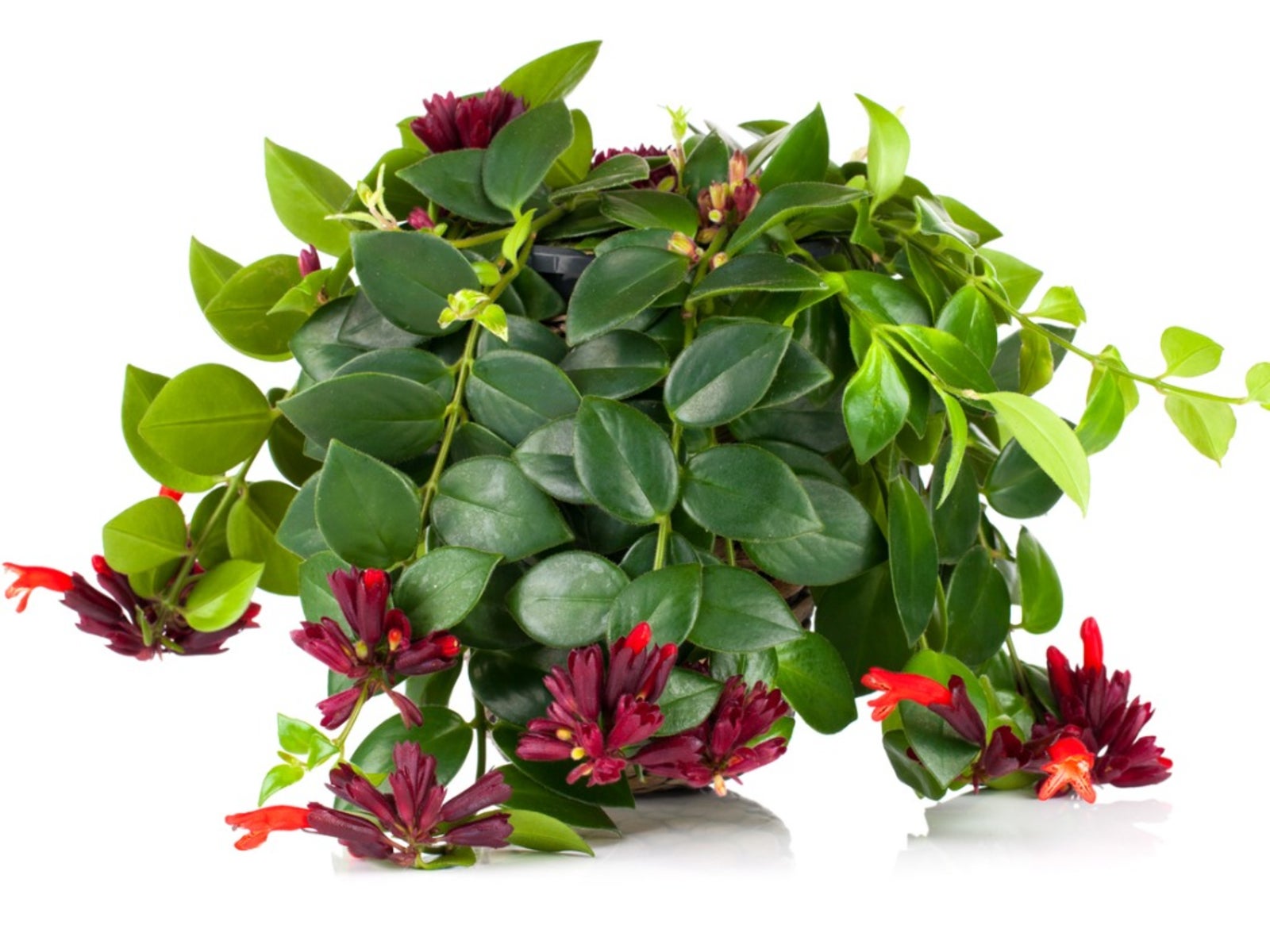Pruning Lipstick Vines: How And When To Prune Lipstick Plant


Lipstick vine is a stunning plant distinguished by thick, waxy leaves, trailing vines, and brightly colored, tube-shaped blooms. Although red is the most common color, lipstick plant is also available in yellow, orange, and coral. In its natural tropical environment, the plant is epiphytic, surviving by attaching itself to trees or other plants. Lipstick plant is easy to get along with and requires minimal care, but it can become shaggy and overgrown. Cutting back a lipstick plant keeps the plant healthy and restores its neat, tidy appearance.
When to Prune Lipstick Plant
Prune lipstick plant after the plant stops flowering. Blooms develop at the tips of new stems and pruning lipstick vines before flowering delays blooming. However, a good trim after flowering stimulates the plant to produce more blooms.
How to Prune Lipstick Plants
Remove up to one-third of each vine if the plant looks long and leggy. If the plant is badly overgrown, cut the longest stems down to a few inches (8 cm.) above the soil, but be sure to retain some fullness in the center of the plant. Use a sharp knife, pruners, or kitchen shears to cut each vine just above a leaf or a leaf node-- small protrusions where leaves emerge from the stem. To prevent transmission of disease, wipe the blade with rubbing alcohol or a diluted bleach solution before and after pruning. You can use the removed cuttings to grow new plants. Plant two or three 4 to 6 inch (10-15 cm.) stems in a pot filled with lightweight potting mix, then water well. Place the pot in a plastic bag and expose it to indirect sunlight. Remove the plastic and move the plant to brighter light when new growth appears-- usually in a few weeks.
Tips for Growing Lipstick Vine
Water lipstick plant with lukewarm water whenever the surface of the soil feels slightly dry. Water sparingly during the winter months, but never allow the plant to become bone dry. Feed the plant every other week during spring and summer using a balanced liquid fertilizer diluted to half strength. Be sure the plant receives plenty of bright light, but protect it from hot, direct light.
Sign up for the Gardening Know How newsletter today and receive a free copy of our e-book "How to Grow Delicious Tomatoes".

A Credentialed Garden Writer, Mary H. Dyer was with Gardening Know How in the very beginning, publishing articles as early as 2007.